Darwin on the Rise and Fall of Human Races, Part 2 of 2
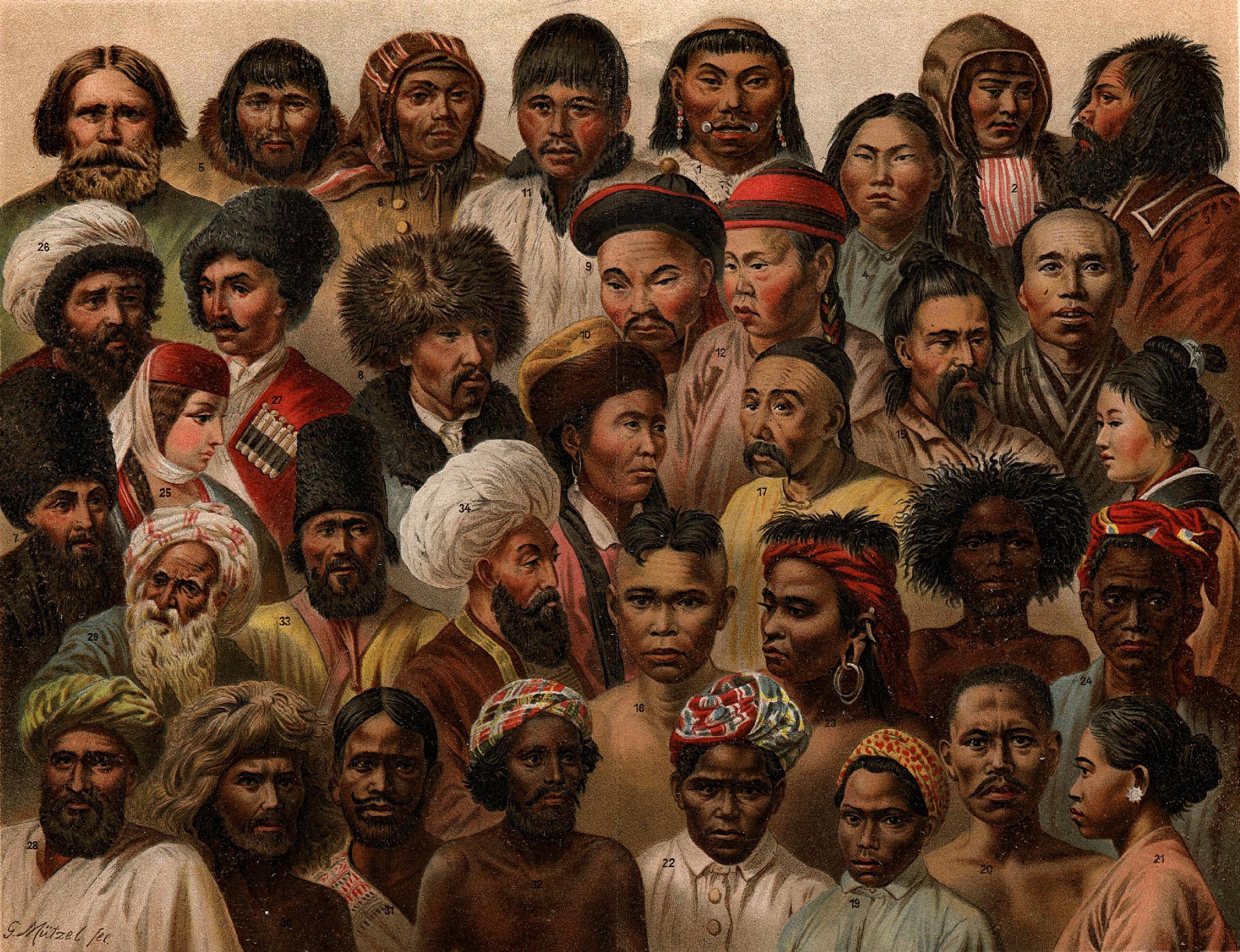
On the Human Races
According to Darwin, human races have emerged as a natural consequence of their spreading across the globe, leading to their separate evolution in relative reproductive isolation. As a result of their prolonged separation in different environmental and socio-cultural conditions, humans show differences on a variety of traits; these differences were also shaped through the constant culling of individuals and societies in perpetual tribal warfare. It follows that races are expected to differ. Darwin took the heredity of mental traits and mental differences between races as inseparably entailing one another: “Except through the principle of the transmission of moral tendencies, we cannot understand the differences believed to exist in this respect between the various races of mankind” (148).
In The Descent of Man, Darwin is primarily dedicated to proving that human beings are descended from lower, animal forms of life: “It is only our natural prejudice, and that arrogance which made our forefathers declare that they were descended from demi-gods, which leads us to demur to this conclusion” (43). Darwin is only quite secondarily interested in discussing the differences between human races. He nonetheless endorsed the racial science of his day, observing that “the differences between the several races” was “an enormous subject which has been fully discussed in many valuable works” (18).
Darwin takes for granted the existence of physical and psychological differences between both men and women and between human races: “Man differs from woman in size, bodily strength, hairiness, &c., as well as in mind, in the same manner as do the two sexes of many mammals” (25). Darwin lists numerous areas in which human races differ. The “civilised races” have an inferior sense of smell, inferior eyesight, and smaller wisdom teeth than do “dark races” and “savages” (35, 37, 52). Human races differ in the presence of earlobes (32), hairiness (36), skull length (44), and prognathism (58).
There is . . . no doubt that the various races, when carefully compared and measured, differ much from each other, — as in the texture of the hair, the relative proportions of all parts of the body, the capacity of the lungs, the form and capacity of the skull, and even in the convolutions of the brain.[1] But it would be an endless task to specify the numerous points of difference. The races differ also in constitutions, in acclimatisation and in liability to certain diseases. Their mental characteristics are likewise very distinct; chiefly as it would appear in their emotional, but partly in their intellectual faculties. Every one who has had the opportunity of comparison, must have been struck with the contrast between the taciturn, even morose, aborigines of S. America and the light-hearted, talkative negroes. There is a nearly similar contrast between the Malays and the Papuans, who live under these same physical conditions, and are separated from each other only by a narrow space of sea. (196)
Darwin praises “the old Greeks” in particular as an exceptionally gifted people “which stood some grades higher in intellect than any race that has ever existed” (166). Read more

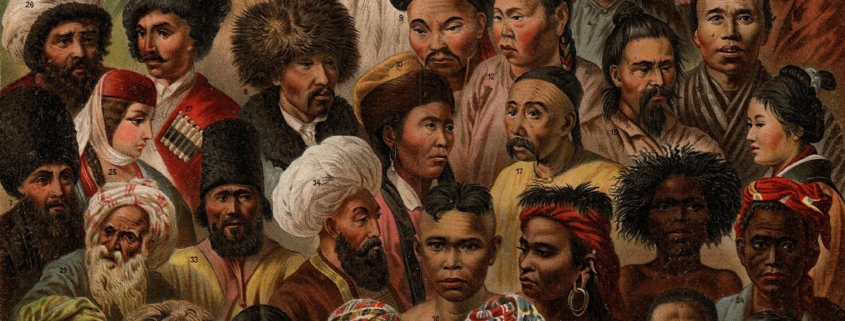
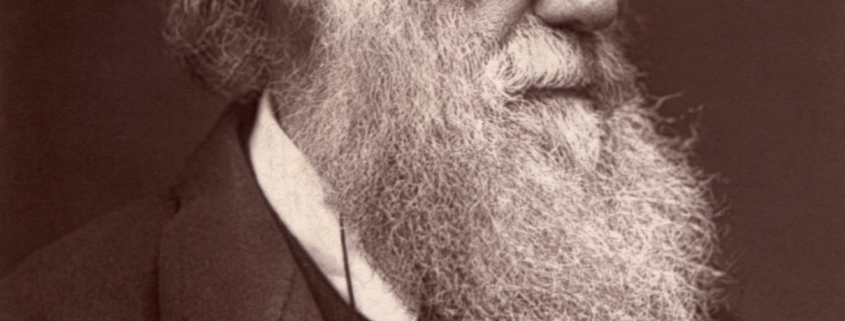
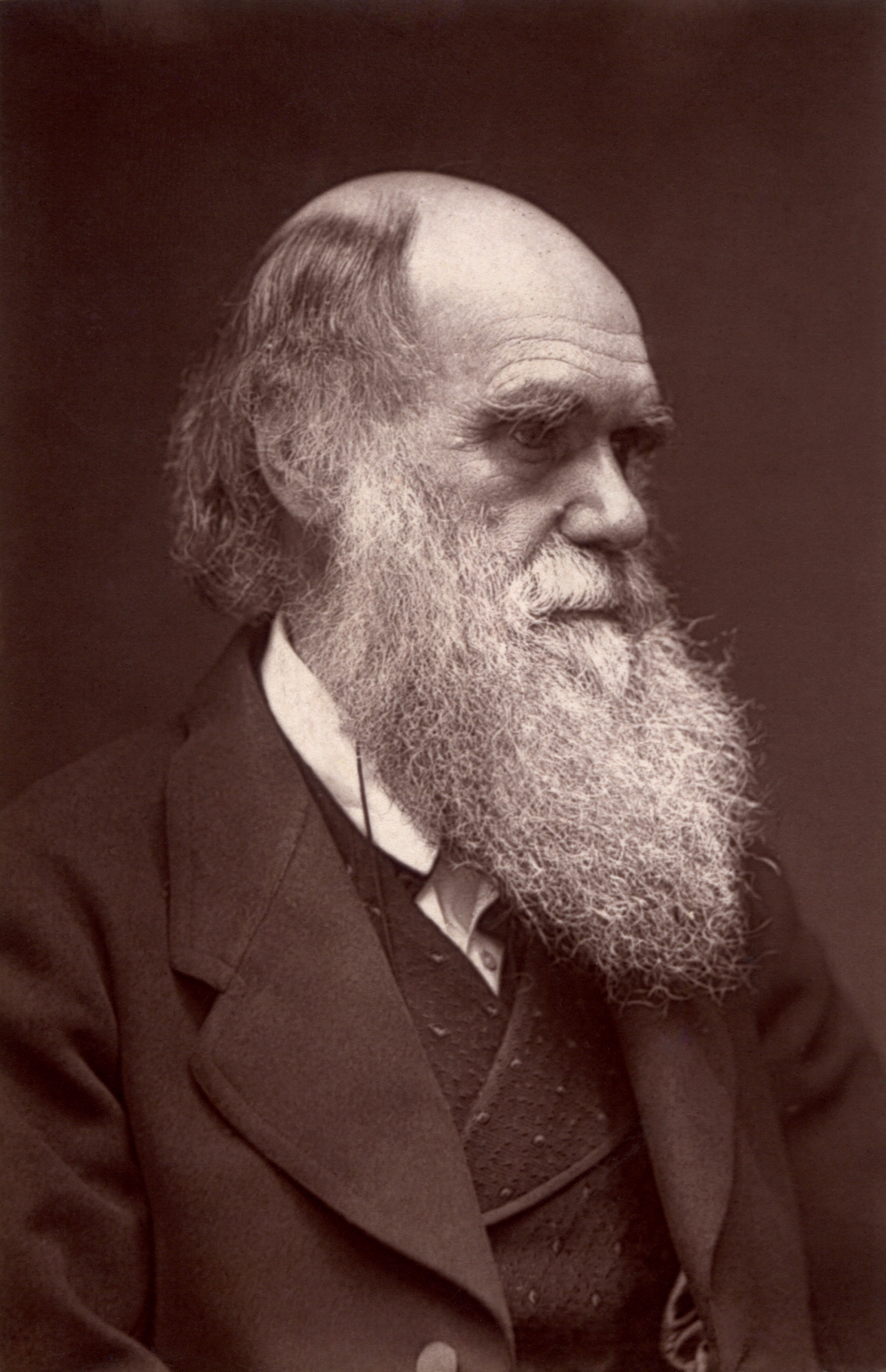
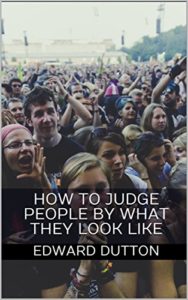 How to Judge People by What They Look Like
How to Judge People by What They Look Like




